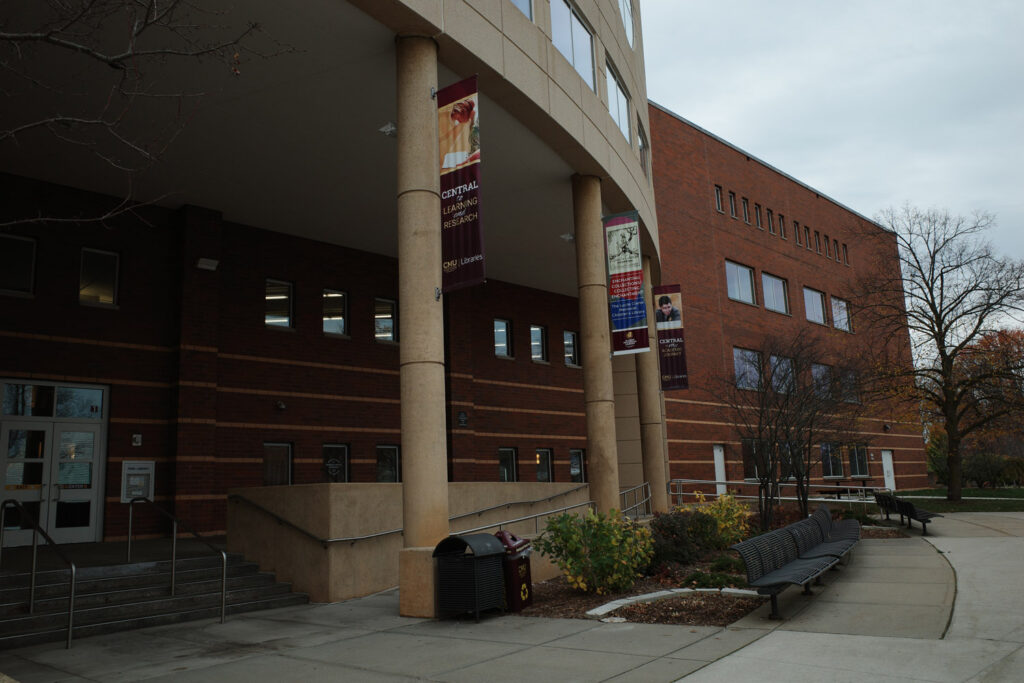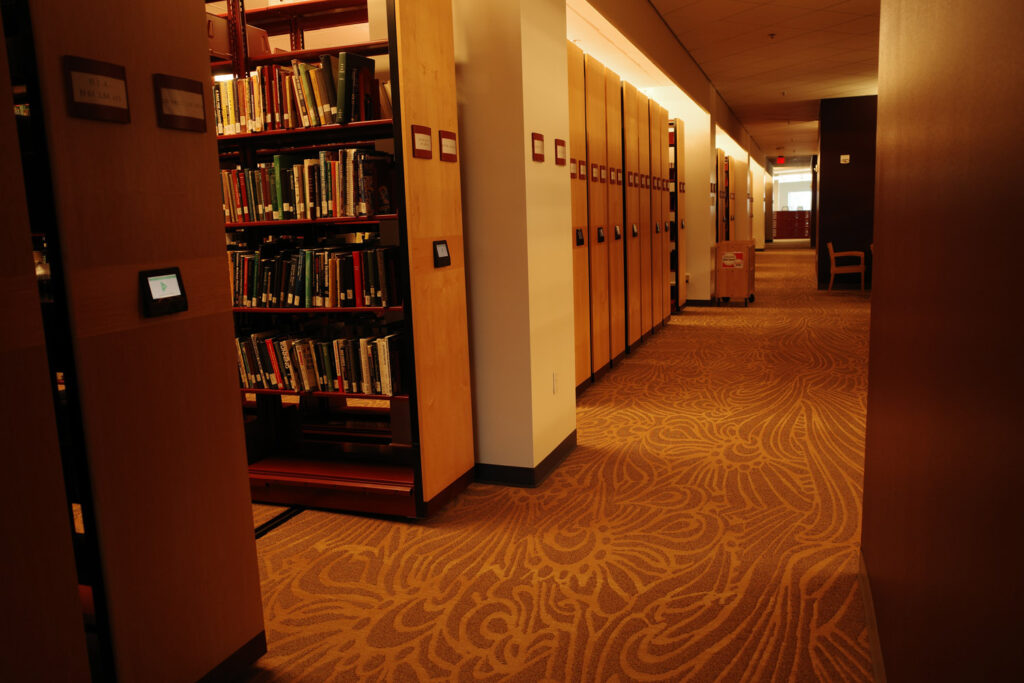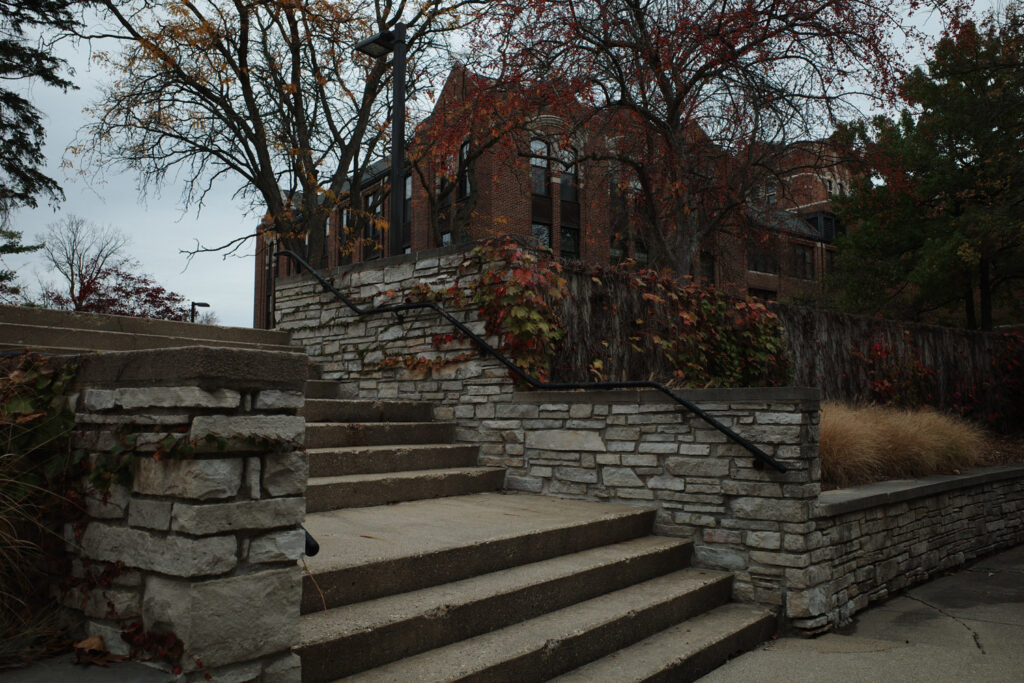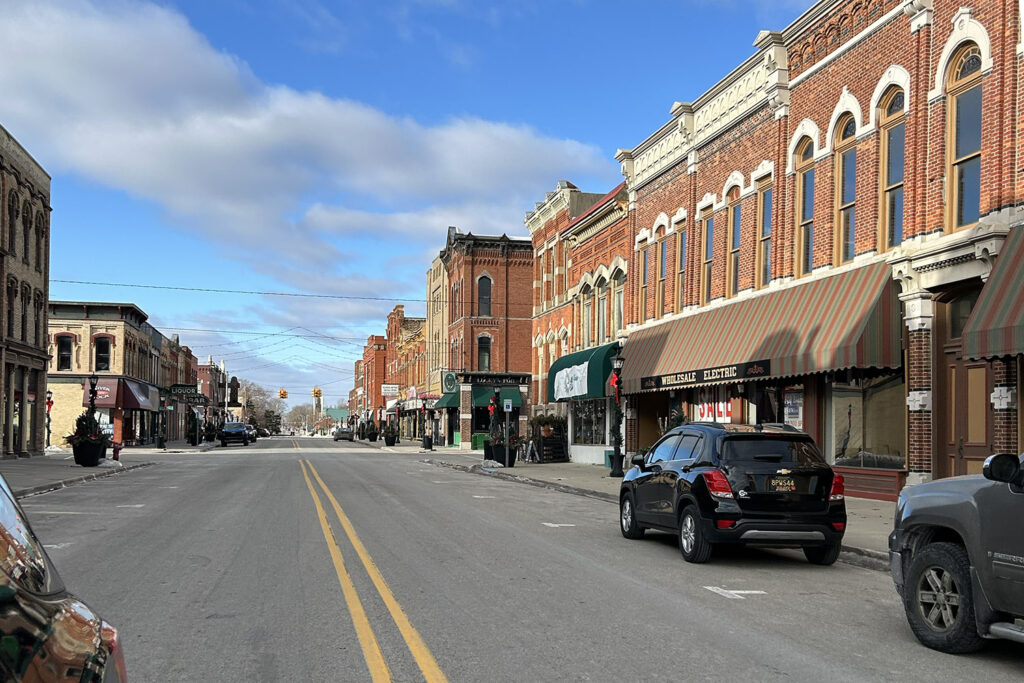My biggest red pill came when I moved to France after college graduation. I’d gone to three different colleges in four years, finally graduating from the University of Michigan with a film degree. All the while, I’d taken French. Every semester. Endless conversations, grammar lessons, and oral exams—all As and Bs.
But when I arrived in France, I quickly found I could barely understand a simple interaction, let alone converse at a comfortable level. Then, within six months, I was proficient. Sure, I still made mistakes, but I got around. People understood me. I understood them. I was fathoms beyond what all those classes had taught me.
Well-meaning friends chimed that the classes must have helped. But being in France, hearing people speak, being forced to speak myself—that’s what really helped. I estimate I spent around $10,000 on French lessons during my college career. I could have lived in France for six months on that.

This was the first time I had an inkling that a four-year education wasn’t all it was cracked up to be. The foolish insistence that the only way to obtain a “good education” is to attend a four-year college—no matter your major, no matter the cost—is outdated. And although I think U-M is a fine school, if I had it to do over again, I wouldn’t go there.
I often think about this, because I also attended Muskegon Community College for a year. Although the frills of “student life” are essentially nonexistent at two-year colleges, I received a great education there.
It was also far less expensive. According to government data, the annual cost at four-year public institutions is more than double that of two-year schools.
Class sizes are smaller too. I had no giant seminars at MCC. Professors were easy to meet with, and far more of them had working experience in the fields they taught. Many weren’t life-long professors.
True to the vocational nature of these schools, the classes tended to get to the point, and students were more motivated to understand the material, earn good grades, get their degrees, and get out. They had families to get home to and jobs they didn’t like. They wanted something better.
One might argue that “getting a higher paying job” isn’t the point of college. A liberal arts education, for instance, has historically provided a bed of knowledge upon which one can build a life of continued learning. It’s supposed to lay the groundwork for answering life’s greatest questions: What is truth? What is beauty? What is justice? Most important, it bestows upon the educated the gift of a free mind.
Somewhere in the last century, though, this idea became distorted. U-M’s website now explains liberal arts as “learning the skills to analyze, innovate, and lead—and using that knowledge to make the world better.” It goes on to say that, “Now you know what you can study (pretty much anything and everything)… There’s a ton of flexibility in our curriculum.”
This is not in line with the traditional definition of a liberal arts education, which cuts a clear course through predetermined subjects: grammar, logic, rhetoric (the trivium) and arithmetic, astronomy, music, and geometry (the quadrivium).
But fear not: You can “avoid major anxiety” when you study liberal arts at U-M. “About a third of all students pursuing a bachelor’s degree change their major… you can take your time… and if you decide to switch, you will have plenty of other options and opportunities.”

That makes it clear. They’re delivering a hodgepodge of courses based on the random whims of fledgling students, peppering them with progressive ideologies, and charging thousands of dollars for each one. At U-M, it is currently $1,095 per credit for in-state undergrads. And don’t worry if you don’t do that well in class, grade inflation will ensure you pass—74% of U-M grades are As after all.
This misses the mark by such a large degree that getting such an education may actually detract from your learning—and you’ll pay around $40,000 a year for it.
So why is it Americans want to go to four-year colleges so bad in the first place? The truth is it wasn’t always this way. In 1900, around 2% of students attended college. Today, it’s around 45%. The shift started in the 1920s, as America became wealthier. As writer and social critic Paul Goodman put it, the growing consensus was that, “The children of the middle class ought to have the luxuries of life… and one of the luxuries of life was to go to college.”
No doubt, these new undergrads had dreams: a great job, more money, fame, accolades. But professional schools aside, four-year colleges have little to do with these things anymore either, and people are catching on. In a recent Pew survey, it was found that only “a third of college graduates younger than 50 said their college experience was extremely useful in helping them develop skills and knowledge that could be used in the workplace.” A bust for liberal arts and a bust for getting a job.

I recently when back to Central Michigan University, the first college I attended fresh out of high school. I walked right into the library and sat down. It was Sunday, and I was nearly the only one there. A huge library full of books. I looked around and wondered how often they got read.
I thought for a moment: What if I had never even gone to college at all? What if I had gotten a side job and spent most of my free time here—for free? Reading, working, spending time with my family. What then?
At any age, the world is at your fingertips, but this is especially true when you’re 18. Choose wisely.
Faye Root is a writer and a homeschooling mother based in Northern Michigan. Follow her on X @littlebayschool.



